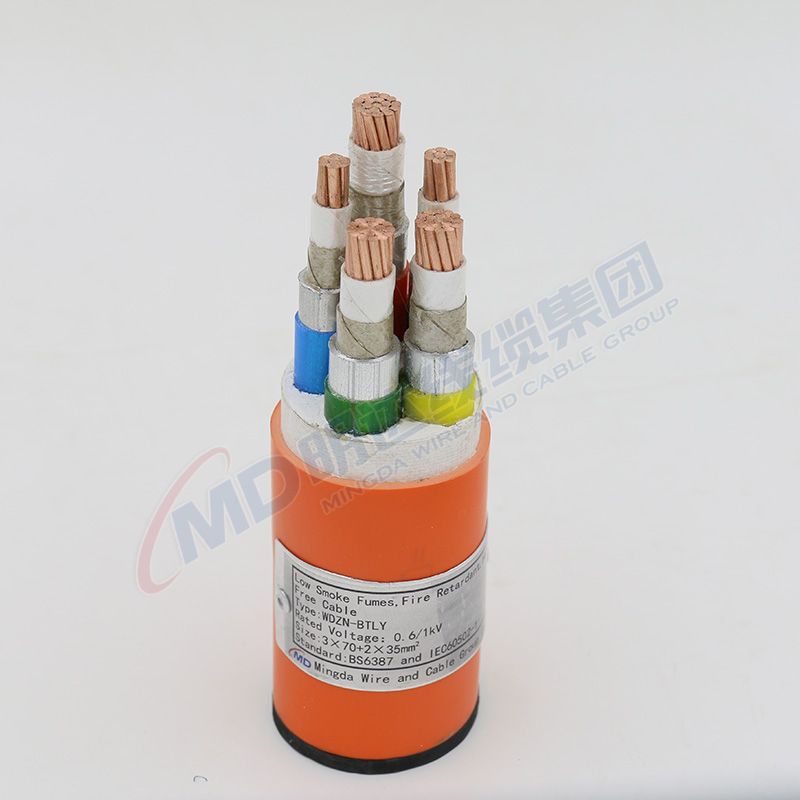10 月 . 21, 2024 11:01 Back to list
Innovative Designs for Electric Actuated Butterfly Valves in Modern Applications
Understanding Electric Actuated Butterfly Valves A Comprehensive Overview
Electric actuated butterfly valves have become a crucial component in various industrial applications, ranging from water treatment plants to chemical processing facilities. Their design and functionality offer numerous advantages, which have cemented their place in modern fluid control systems. This article aims to explore the workings, benefits, applications, and maintenance of electric actuated butterfly valves.
What is an Electric Actuated Butterfly Valve?
A butterfly valve is a quarter-turn valve that consists of a circular disc or vane that rotates about a central axis to regulate the flow of fluid. An electric actuator is coupled with the valve to automate its operation. This actuator converts electrical energy into mechanical energy, allowing for precise control of the valve's opening and closing positions. The combination of these two components yields a robust solution for controlling the flow of liquids and gases in piping systems.
How Do They Work?
The operation of an electric actuated butterfly valve is straightforward. When an electric signal is sent to the actuator, it initiates a motor that turns the valve’s disc. The positioning of the disc determines the flow rate – fully open allows maximum flow, fully closed stops flow entirely, and any positioning in between can be utilized for throttling purposes. This automated process allows for remote control and integration into larger control systems, enhancing operational efficiency.
Benefits of Electric Actuated Butterfly Valves
1. Energy Efficiency Electric actuators typically consume less energy than pneumatic or hydraulic actuators because they don’t require continuous powering. They only draw current when they are operating, leading to energy savings.
2. Precision Control The ability to position the valve accurately opens up possibilities for better flow management. This precision helps in reducing wastage and optimizing the process.
3. Low Maintenance Electric actuated butterfly valves usually require less maintenance than their counterparts. The absence of hoses, filters, and oils (common in hydraulic systems) means fewer parts to wear out and replace.
electric actuated butterfly valve

4. Compact Design The compact nature of butterfly valves combined with electric actuators allows for installation in confined spaces, making them ideal for a wide range of applications.
5. Integration These valves can be easily integrated into automated systems due to their compatibility with control software and PLCs (Programmable Logic Controllers), facilitating modern industrial Internet of Things (IoT) applications.
Applications
Electric actuated butterfly valves are used in a multitude of industries including
- Water and Wastewater Treatment They efficiently control the flow and pressure of water during treatment processes. - Chemical Processing Their ability to handle various chemicals makes them ideal for controlling flow in chemical plants. - HVAC Systems Used for regulating air flow and pressure in heating, ventilation, and air conditioning systems. - Food and Beverage Industry They maintain the integrity of the product while providing reliable flow control.
Maintenance and Best Practices
To ensure the longevity and efficient operation of electric actuated butterfly valves, regular maintenance is essential. This includes
- Routine Inspection Regularly check for wear and tear on both the valve and actuator components. - Lubrication Ensure that moving parts of the actuator are lubricated to prevent friction and wear. - Electrical Checks Periodically examine the electrical connections and circuits for any signs of failure or degradation. - Calibration Regular calibration of the actuator ensures that it responds accurately to control signals.
In summary, electric actuated butterfly valves are an integral part of modern industrial systems, offering efficient flow control with numerous advantages over traditional methods. Their ability to integrate with automation technology positions them as a forward-thinking solution for diverse applications. With proper maintenance and operation, these valves can serve reliably and effectively for many years, contributing to the overall efficiency of industrial processes.
Share
-
Understanding the Differences Between Wafer Type Butterfly Valve and Lugged Butterfly ValveNewsOct.25,2024
-
The Efficiency of Wafer Type Butterfly Valve and Lugged Butterfly ValveNewsOct.25,2024
-
The Ultimate Guide to Industrial Swing Check Valve: Performance, Installation, and MaintenanceNewsOct.25,2024
-
Superior Performance with Industrial Swing Check Valve: The Essential Valve for Any SystemNewsOct.25,2024
-
Industrial Swing Check Valve: The Ideal Solution for Flow ControlNewsOct.25,2024
-
You Need to Know About Industrial Swing Check Valve: Functionality, Scope, and PerformanceNewsOct.25,2024